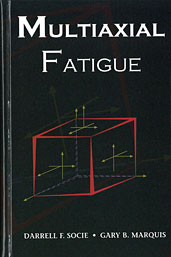Technical Paper
A Hybrid Physical and Data-Driven Framework for Improving Tire Force Calculation Accuracy
2023-04-11
2023-01-0750
The accuracy of tire forces directly affects the vehicle dynamics model precision and determines the ability of the model to develop the simulation platform or design the control strategy. In the high slip angle, due to the complex interactions at tire-road interfaces, the forces generated by the tires are high nonlinearity and uncertainty, which pose issues in calculating tire force accurately. This paper presents a hybrid physical and data-driven tire force calculation framework, which can satisfy the high nonlinearity and uncertainty condition, improve the model accuracy and effectively leverage prior knowledge of physical laws. The parameter identification for the physical tire model and the data-based compensation for the unknown errors between the physical tire model and actual tire force data are contained in this framework. First, the parameters in the selected combined-slip Burckhardt tire model are identified by the nonlinear least square method with tire test data.

